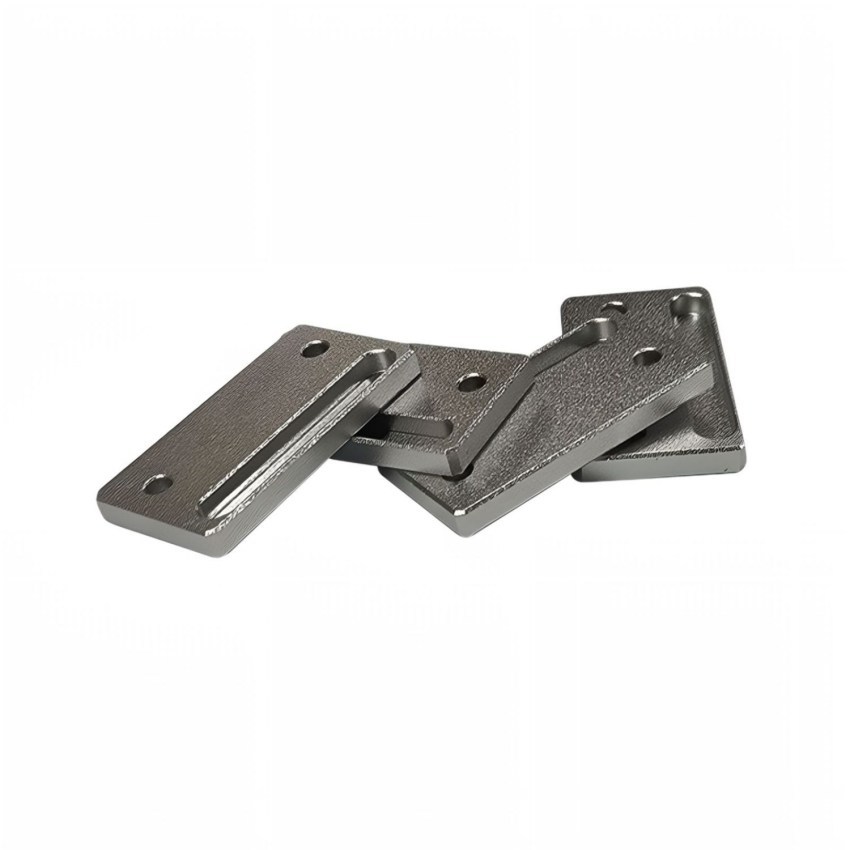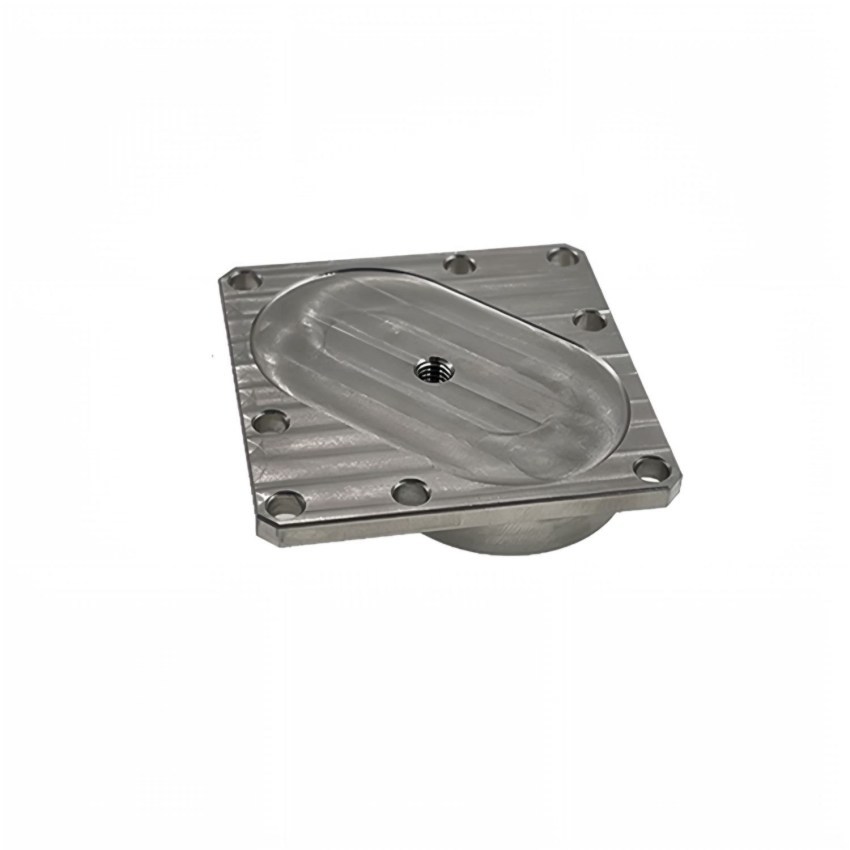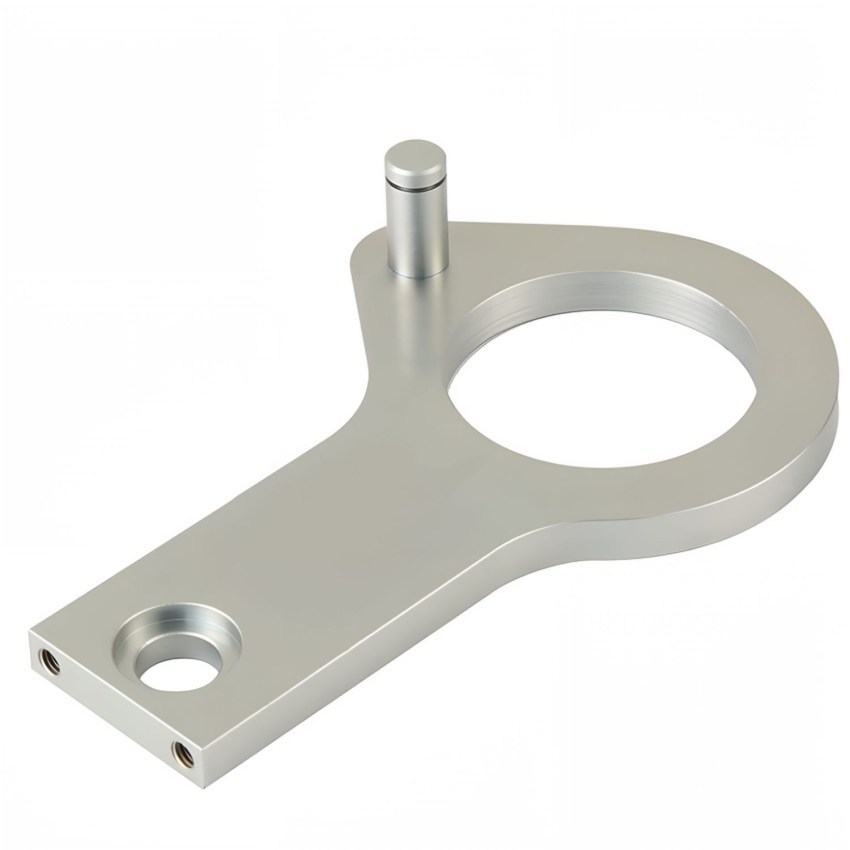Mastering Techniques: The Art of Sheet Metal Cutting
Release time:
2025-05-10
Mastering Techniques: The Art of Sheet Metal Cutting Table of Contents Introduction to Sheet Metal Cutting The Importance of Precision in Sheet Metal Cutting Types of Sheet Metal Cutting Techniques Shearing Laser Cutting Plasma Cutting Waterjet Cutting Essential Tools for Sheet Metal Cutting

Mastering Techniques: The Art of Sheet Metal Cutting
Table of Contents
- Introduction to Sheet Metal Cutting
- The Importance of Precision in Sheet Metal Cutting
- Types of Sheet Metal Cutting Techniques
- Essential Tools for Sheet Metal Cutting
- Mastering Advanced Sheet Metal Cutting Techniques
- Finishing Techniques After Cutting
- Common Mistakes to Avoid in Sheet Metal Cutting
- Conclusion
- Frequently Asked Questions
Introduction to Sheet Metal Cutting
Sheet metal cutting is a pivotal process in the manufacturing and metalworking industries. It involves shaping and sizing metal sheets into desired components for various applications. Mastering the art of sheet metal cutting is essential for achieving high-quality products, minimizing waste, and enhancing overall productivity. This guide aims to equip you with the knowledge and techniques necessary to excel in this fundamental aspect of metal fabrication.
The Importance of Precision in Sheet Metal Cutting
Precision in sheet metal cutting cannot be overstated. Accurate cuts lead to better fitting components, reduce the need for rework, and save material costs. Whether you're working in automotive manufacturing, aerospace, or general construction, the ability to execute precise cuts will determine the quality of your final product. In this section, we explore why precision is vital and how it can impact your projects.
Types of Sheet Metal Cutting Techniques
Shearing
Shearing is one of the most common methods used in sheet metal cutting. This technique involves using a shear machine to cut straight lines in sheets of metal. The process is efficient and ideal for high volumes of material. Understanding the mechanics behind shearing can enhance your cutting skills and improve the accuracy of your work.
Laser Cutting
Laser cutting has revolutionized the sheet metal industry with its ability to deliver intricate designs and high precision. This method uses a laser beam to melt or vaporize the material, creating clean and sharp edges. We'll delve into the benefits of laser cutting and the scenarios in which it shines as the preferred method for complex projects.
Plasma Cutting
Plasma cutting is another advanced technique that utilizes high-velocity ionized gas to cut through metal. It is particularly effective for thicker materials and can produce cuts with excellent edge quality. In this section, we will discuss the types of plasma cutters available and the best practices for achieving optimal results.
Waterjet Cutting
Waterjet cutting is a versatile method that employs a high-pressure stream of water mixed with abrasive particles to cut through materials. This technique is non-thermal, meaning it won't alter the material properties of sensitive metals. We'll explore the advantages of waterjet cutting and discuss applications where it excels.
Essential Tools for Sheet Metal Cutting
Cutting Tools
Having the right tools is critical for effective sheet metal cutting. From manual hand tools to advanced CNC machines, the choice of cutting equipment can influence the outcome of your projects. We will provide an overview of essential cutting tools, their applications, and how to select the right one for your needs.
Safety Equipment
Working with sheet metal can pose various risks. Proper safety equipment, such as gloves, goggles, and protective clothing, is essential to ensure your safety while working. In this section, we will highlight the importance of safety measures and recommend the best practices to follow while cutting sheet metal.
Mastering Advanced Sheet Metal Cutting Techniques
Setting Up Your Workspace
A well-organized workspace is fundamental for efficient sheet metal cutting. It enhances workflow and minimizes errors. We will discuss how to set up your workspace effectively, including organizing tools, ensuring proper lighting, and maintaining a clean environment.
Measuring and Marking Techniques
Accurate measuring and marking are crucial steps in the cutting process. This section will cover various measuring tools and techniques, including the use of calipers, squares, and marking tools, to ensure that your cuts are precise and meet specifications.
Finishing Techniques After Cutting
Once the cutting process is complete, additional finishing techniques may be required to achieve the desired surface quality. This can include deburring, sanding, and polishing. We will examine these techniques in detail, discussing tools and methods to enhance the appearance and functionality of your cut metal pieces.
Common Mistakes to Avoid in Sheet Metal Cutting
Even experienced metalworkers can make mistakes when cutting sheet metal. Identifying common pitfalls can help avoid costly errors. This section will outline frequent mistakes and provide advice on how to prevent them, ensuring a smooth cutting process.
Conclusion
Mastering the art of sheet metal cutting involves understanding various techniques, tools, and best practices. By focusing on precision, employing the right methods, and maintaining a safe working environment, metalworkers can significantly enhance the quality of their projects. With the knowledge gained from this guide, you are now better equipped to tackle your sheet metal cutting tasks with confidence and skill.
Frequently Asked Questions
1. What is the best method for cutting thin sheet metal?
For thin sheet metal, laser cutting or shearing are often the best methods due to their precision and clean edges.
2. How can I ensure safety while cutting sheet metal?
Always wear protective gear, keep your workspace organized, and follow safety guidelines specific to your cutting method.
3. What tools are essential for beginners in sheet metal cutting?
Beginners should start with basic hand tools such as shears, snips, and a cutting mat, as well as safety gear.
4. Can I cut sheet metal without specialized equipment?
Yes, it is possible to cut sheet metal using manual hand tools, although specialized equipment offers more efficiency and precision.
5. How do I maintain my cutting tools?
Regularly clean your tools, keep them sharpened, and store them properly to extend their lifespan and maintain performance.
Key words:





